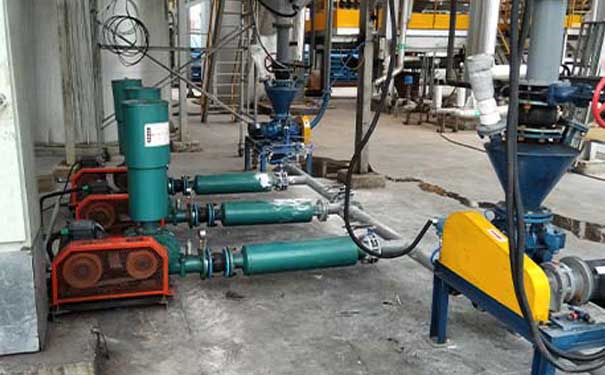Trefoil Roots blower The discharge capacity includes the following aspects: 1. Wind pressure
The air from the three blade roots blower and blown into the overflow air lock valve needs to overcome three kinds of resistance. One is the resistance of the material layer of the effective fluidized bed, which is equal to the weight of the powder on the unit area; The second is the resistance of the material layer below the partition of chambers I and II (including the influence of iron slag, etc.); The third is the resistance of the breathable layer and the intake pipe. Practice has proved that the resistance of the material layer used for the actual effective air lock accounts for a small proportion of the whole air supply pressure. Therefore, whether the air lock pressure is required to change or not, it has little influence on the air supply pressure selected by the fan.

2. Air volume The three blade roots blower can be seen from the formation conditions of fluidized bed that an appropriate cross section rising wind speed is necessary. Within a certain range of wind speed, the wind speed is related to the discharge capacity. Therefore, the air volume is related to the size of the unit ventilation area.
3. Discharge capacity
The discharge capacity of the three blade roots blower depends on the material flow speed and the cross-sectional area of the material flow. The cross section area of the material flow is easy to determine. According to the experimental research of relevant institutes, the discharge capacity can be estimated by the amount of materials passing through the unit inflation area.







